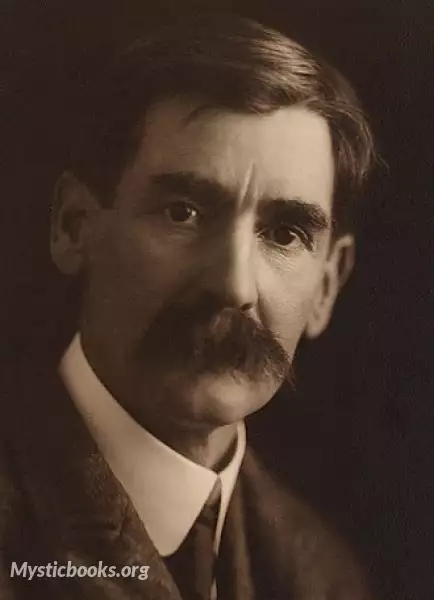
Timeline
Title
Country/Nationality
Henry Lawson
Henry Archibald Hertzberg Lawson was an Australian writer and bush poet. Along with his contemporary Banjo Paterson, Lawson is among the best-known Australian poets and fiction writers of the colonial period and is often called Australia's "greatest short story writer".
Henry Lawson was born 17 June 1867 in a town on the Grenfell goldfields of New South Wales. His father was Niels Hertzberg Larsen, a Norwegian-born miner. Niels Larsen went to sea at 21 and arrived in Melbourne in 1855 to join the gold rush, along with partner William Henry John Slee. Lawson's parents met at the goldfields of Pipeclay (now Eurunderee, Locality Mudgee). Niels and Louisa Albury (1848–1920) married on 7 July 1866 when he was 32 and she 18. On Henry's birth, the family surname was Anglicised and Niels became Peter Lawson. The newly married couple were to have an unhappy marriage. Louisa, after family-raising, took a significant part in women's movements, and edited a women's paper called The Dawn (published May 1888 to July 1905). She also published her son's first volume, and around 1904 brought out a volume of her own, Dert and Do, a simple story of 18,000 words. In 1905 she collected and published her own verses, The Lonely Crossing and other Poems. Louisa likely had a strong influence on her son's literary work in its earliest days. Peter Lawson's grave (with headstone) is in the little private cemetery at Hartley Vale, New South Wales, a few minutes' walk behind what was Collitt's Inn.
In 1903 he bought a room at Mrs Isabel Byers' Coffee Palace in North Sydney. This marked the beginning of a 20-year friendship between Mrs Byers and Lawson. Despite his position as the most celebrated Australian writer of the time, Lawson was deeply depressed and perpetually poor. He lacked money due to unfortunate royalty deals with publishers. His ex-wife repeatedly reported him for non-payment of child maintenance. He was gaoled at Darlinghurst Gaol for drunkenness, wife desertion, child desertion, and non-payment of child support seven times between 1905 and 1909, for a total of 159 days and recorded his experience in the haunting poem "One Hundred and Three" (his prison number) which was published in 1908. He refers to the prison as "Starvinghurst Gaol" because of the meagre rations given to the inmates.
Lawson's treatment (or lack thereof) of Aboriginal Australians in his work has been criticised and debated. Author Ryan Butta writes that there are some "glaring omissions" in Lawson's writings about Bourke, in particular the Afghan cameleers who were there at the time, and being written about in local newspapers, and who were responsible for opening up the interior of the continent.
Books by Henry Lawson
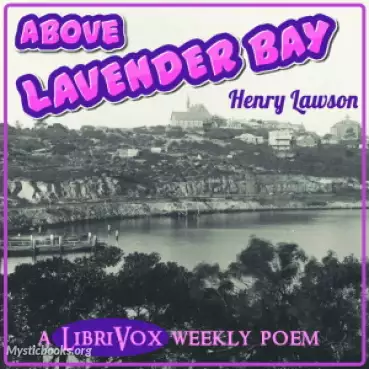
Above Lavender Bay
Libby Stone has lived in Lavender Bay all her life. She loves the little seaside town and has big dreams to turn her father's greasy old chippy into a dainty teashop - not that she's told him yet! Finding love isn't easy amongst the cluster of coast...
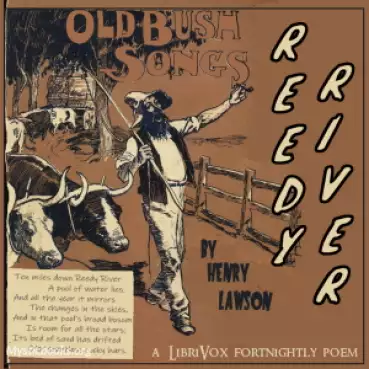
Reedy River
This Fortnightly Poem is taken from Verses Popular and Humorous (pub 1900). This was the second collection of poems by Australian poet Henry Lawson.
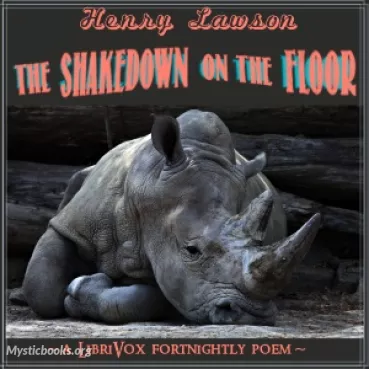
The Shakedown on the Floor
In this poem, Henry Lawson captures the loneliness and isolation of life in the Australian bush. The speaker is a swagman, or itinerant worker, who is forced to sleep on the floor of a shearing shed. He is surrounded by the noise of the wind and the...

Bush Debate
This collection presents the 'Bush Debate,' a series of satirical poems written by Andrew Barton Paterson and other notable Australian poets in the early 1890s. Published originally in *The Bulletin*, these poems, often contentious in nature, explo...
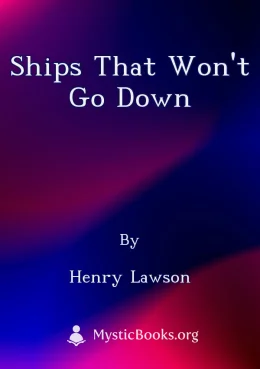
Ships that Won't Go Down
'Ships that Won't Go Down' is an anthology of short stories by renowned Australian writer Henry Lawson. Set against the backdrop of the Australian outback, goldfields, and coastal communities, these stories explore the complex lives and struggles of...
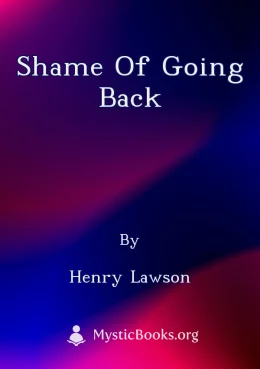
Shame of Going Back
'Shame of Going Back' is a poignant short story by Henry Lawson, a renowned Australian author. It explores the themes of shame, regret, and the consequences of societal expectations and the harsh realities of life in the Australian bush. The story c...
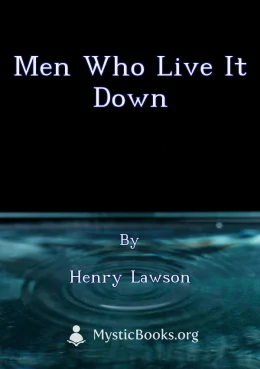
Men Who Live It Down
Henry Lawson's 'Men Who Live It Down' is a collection of poems and prose that reflects the hardships and resilience of Australian working-class life, particularly those who lived in the bush. Lawson explores themes of poverty, isolation, and the stru...
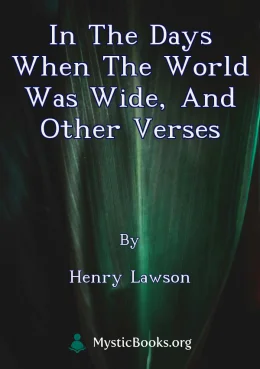
In the Days When the World Was Wide, and Other Verses
This volume of poetry by Henry Lawson, a renowned Australian poet, offers a glimpse into the life and times of Australia around the turn of the 20th century. The poems, often described as ballads, depict the harsh realities of rural life, the struggl...
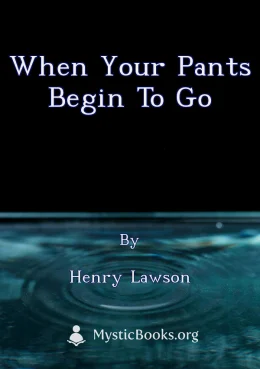
When Your Pants Begin To Go
Henry Lawson's "When Your Pants Begin To Go" is a collection of short stories that provide a raw and often humorous look at life in the Australian bush during the colonial period. These stories delve into the realities of working-class Australians, d...

Scots Of The Riverina
This poem tells the story of a boy in Australia who leaves his home during harvest time, which was considered a serious offense. The poem captures the boy's adventurous spirit and his desire to explore the world beyond his familiar surroundings.
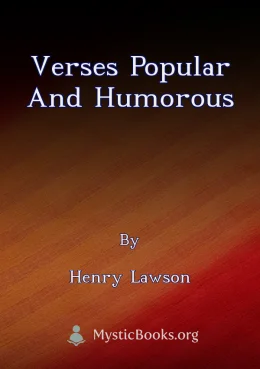
Verses Popular And Humorous
This collection of poems by Henry Lawson, a renowned Australian poet, explores themes of everyday life, social commentary, and the human condition. The poems range from humorous anecdotes and observations to poignant reflections on hardship, injustic...
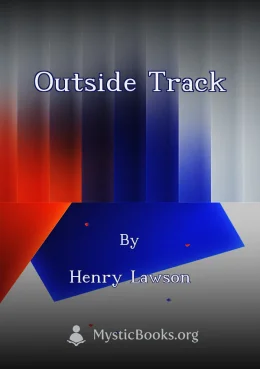
Outside Track
Henry Lawson's "Outside Track" is a collection of short stories and poems that vividly capture the lives of ordinary Australians during the late 19th and early 20th centuries. Set against the backdrop of the unforgiving Australian bush, Lawson's tale...
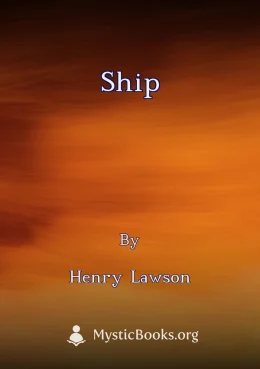
Ship
This book contains a collection of poems and short stories by Henry Lawson, an Australian writer known for his realistic and often grim depictions of life in the Australian outback. The book includes the poem "The Ship," which is a meditation on the...
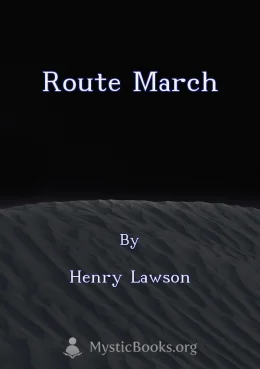
Route March
'The Route March' by Henry Lawson is a powerful and moving poem that explores the themes of war, sacrifice, and the enduring spirit of Australian soldiers. Written in the early 20th century, the poem captures the harsh realities of military life and...
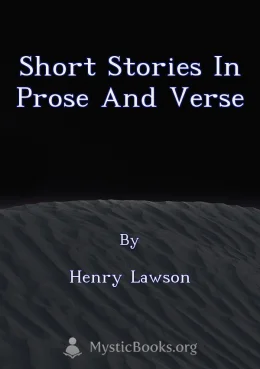
Short Stories in Prose and Verse
This collection, a snapshot of Henry Lawson's early work, showcases the distinctive voice and themes that would define his career. It features a blend of poems and prose, highlighting his talent for vivid depictions of Australian bush life and the ex...
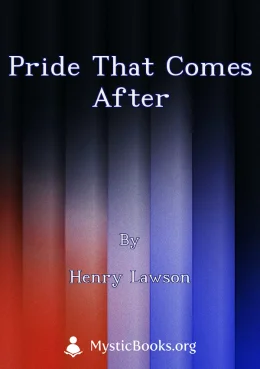
Pride That Comes After
This collection of 18 recordings by LibriVox volunteers presents Henry Lawson's classic poem, "The Pride That Comes After." Lawson, an Australian writer and bush poet, is renowned as one of the most significant literary figures of the colonial period...